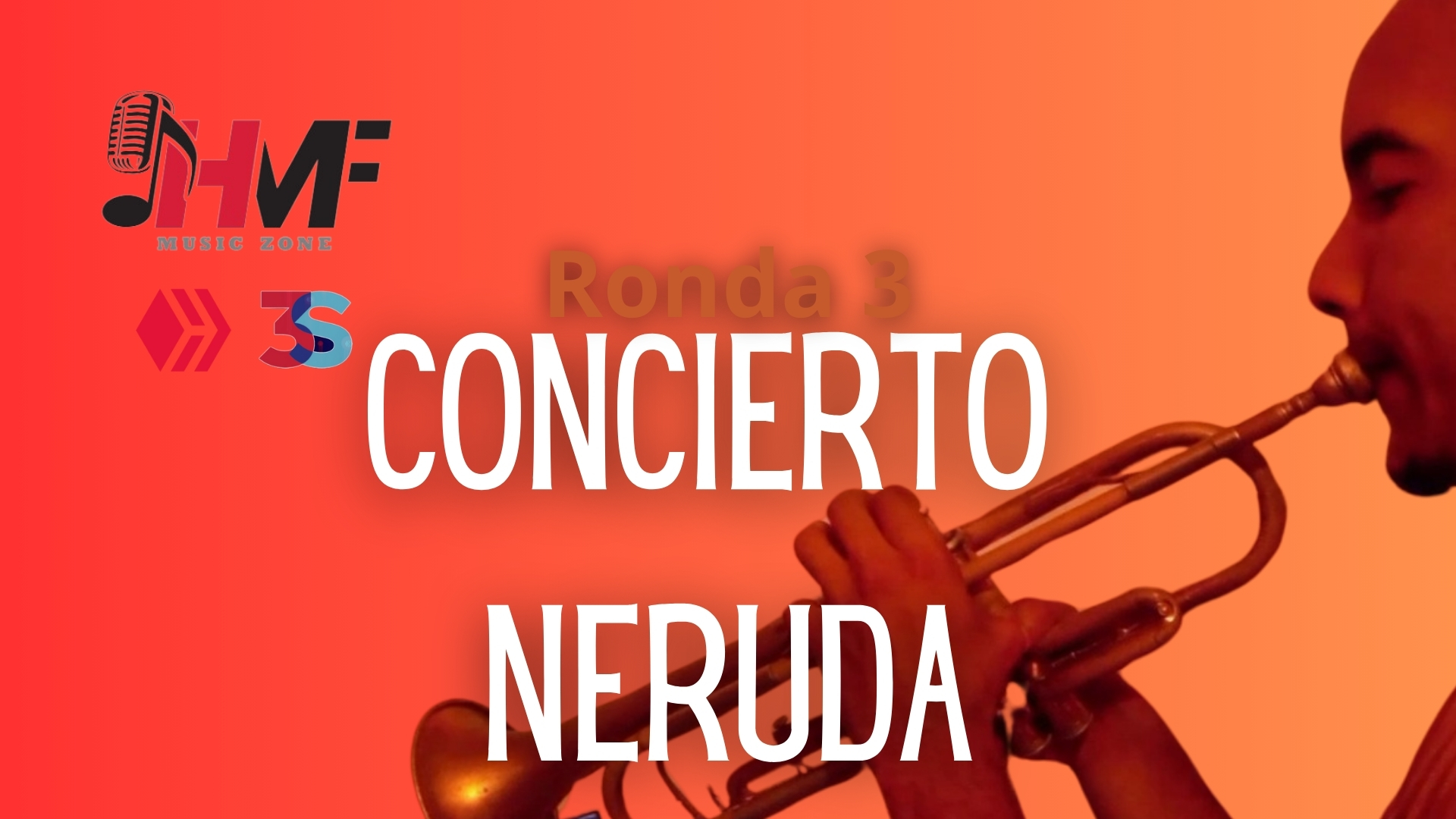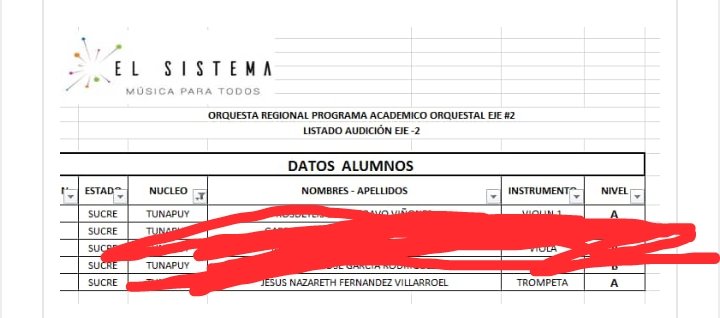
! Editado en Canva Editor.
Edición de vídeo - Capcut Editor
Ronda 3 y semana 87. Estamos próximos a la primera centena de este maravilloso concurso semanal. Un saludo a toda la familia #hmf. Quiero traer nuevente el concierto de Neruda para trompeta y cuerda a esta maravillosa comunidad.
Quise aprovechar de desempolvar un poco este concierto para prepararme para un repertorio barroco que tengo en mente con una orquesta de camara a la que fui humildemente invitado. Además de compartir con ustedes una maravillosa noticia. He quedado en una audición de una orquesta regional.
Estar en una selección regional es una grata experiencia porque nos permite conocer personas de todo el estado además de compartir y hacer lo que nos gusta, música.

Y bueno estoy muy contento de haber quedado en la selección y espero poder compartirles cada uno de los momentos que pueda capturar.
Hablando del concierto de Neruda, es un precioso concierto de tres movimiento (cómo es usual en este estilo musical) que genera una admirable sensación de belleza al escucharla, mi humilde interpretación se las entrego a ustedes amigos, pero si quieren escuchar algo más pro les recomiendo la grabación del maestro Maurice André.
Ojo, si se les sale las lágrimas escuchando esta preciosa obra con el sonido de Maurice André me lavo las manos jejejeje.
Neruda nació en Bohemia, ahora parte de la República Checa, en una familia musical muy respetada. Se dice que una de sus obras más importantes fue el concierto para Trompeta y cuerda en mi bemol, originalmente escrito para corno de caccia.
Interpretar ésta obra tiene muchos desafíos técnicos y musicales, sobre todo en el juego de matices que aunque no hay referencia fija en el papel se deben emplear. Quizás se escuche raro saberlo, pero si. Hay obras en las que algunos compositores obviaron ciertos matices.
¿Por qué?. Porque el estilo musical era tan conocido que los músicos ya sabían dónde matizar algunas cosas y dónde no.
Para poder tocar ésta obra es necesario escuchar varias grabaciones de exitosos músicos para tener una buena referencia de como simularlo pero a tu estilo.
¿Te preguntas si lo hice?. No 😂😂 cómo ya he escuchado el concierto, me animé a tocarlo sin referencia a ver qué tal, ustedes díganme cómo fue el resultado.
Espero puedan disfrutar de esta obra tan bella, se les quiere amigos!!. Saludos!! 🔥😎😎
English
Round 3 and week 87. We are approaching the first hundred of this wonderful weekly contest. Greetings to the whole #hmf family. I want to bring back the Neruda concerto for trumpet and strings to this wonderful community.
I wanted to take the opportunity to dust off this concerto to prepare myself for a baroque repertoire I have in mind with a chamber orchestra to which I was humbly invited. Also to share with you some wonderful news. I have been auditioned for a regional orchestra.
Being in a regional selection is a great experience because it allows us to meet people from all over the state besides sharing and doing what we like, music.

And well, I am very happy to have been in the selection and I hope to be able to share with you every single moment I can capture.
Speaking of Neruda's concerto, it is a beautiful three movement concerto (as usual in this musical style) that generates an admirable sensation of beauty when listening to it, my humble interpretation I give it to you friends, but if you want to listen to something more pro I recommend the recording of the maestro Maurice André.
If you get teary-eyed listening to this beautiful work with the sound of Maurice André I wash my hands hehehehehe.
Neruda was born in Bohemia, now part of the Czech Republic, into a highly respected musical family. It is said that one of his most important works was the Concerto for Trumpet and Strings in E flat, originally written for caccia horn.
Interpreting this work has many technical and musical challenges, especially in the play of nuances that, although there is no fixed reference on paper, must be used. It may sound strange to know this, but yes. There are works in which some composers obviated certain nuances.
Why? Because the musical style was so well known that the musicians already knew where to nuance some things and where not to.
To be able to play this work it is necessary to listen to several recordings of successful musicians to have a good reference of how to simulate it but in your own style.
Are you wondering if I did it. No 😂😂 as I have already listened to the concerto, I dared to play it without reference to see how it was, you tell me how was the result.
I hope you can enjoy this beautiful work, you are loved friends!!!. Greetings!!! 🔥😎😎
Imagen editada en Canva Editor
Vídeo elaborado con un Tecno spark Go 2023

▶️ 3Speak
